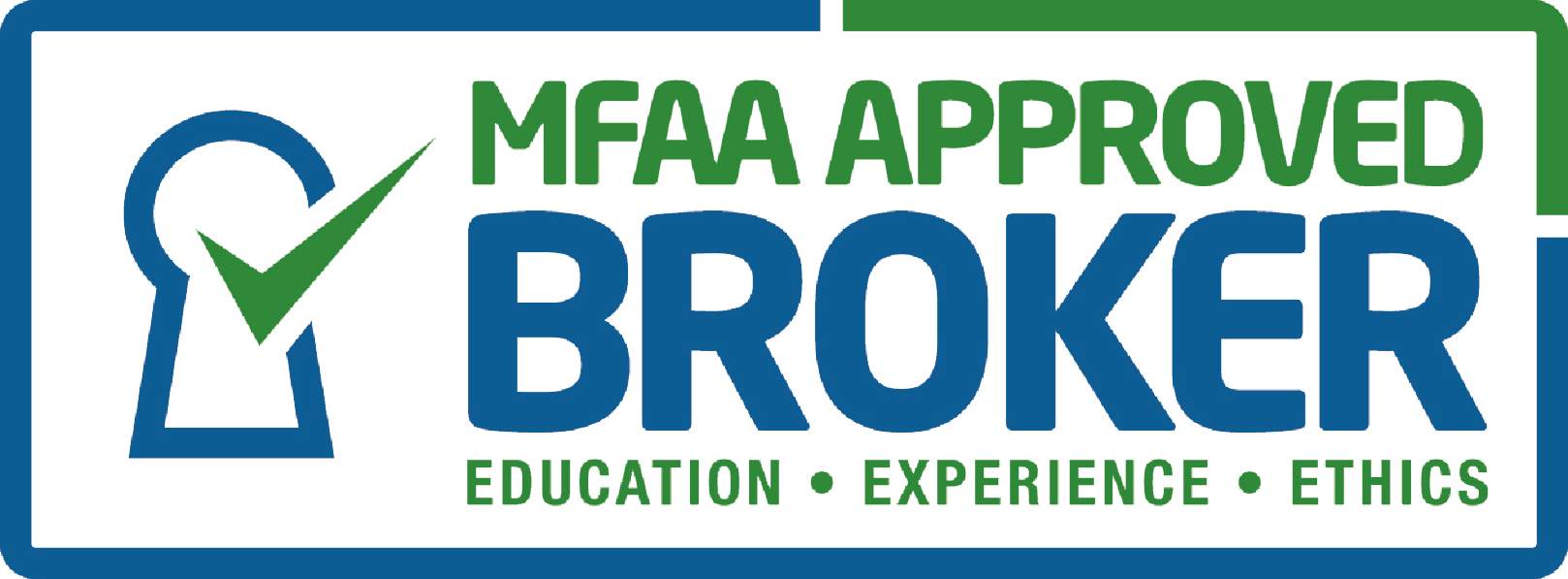Commercial Loans
For investors looking to refinance or purchase commercial property.
Commercial Loans have many similarities to business loans, but are secured by a commercial or industrial property using bank bills. These loans are for either the purchase or refinance of Commercial or Industrial property.
Commercial and industrial properties make up approx. 20% of most banks’ lending portfolio. These properties typically include office space, shops or shopping centres, warehouses, factory premises, hotels, motels, pubs, clubs, car yards, etc.
As a general rule, lenders price these types of loans using a bill rate. This rate is determined by the money market and the cost of money to the bank which is selling the funds. This bill rate is at times known as a BBSY (Bank Bill Swap Yield), or a Bank Bill Loan/Rate. It is worth mentioning that these names, in many respects, are not exactly the same thing. Many would think that the price is exactly the same across the different lenders, but it is not so.
Commercial Mortgages are generally more expensive than home loans because of the nature of the transaction. As an example, a lender will lend using the base bank bill rate at its disposal on the day, and then put a margin over the cost of funds. For example:
– 30 day bank bill rate 2.3%
– Margin 2.5%
Hence the all up rate looking at the above example would be 5.8%
However, there are many cases where the all up interest rate on a commercial mortgage can be made cheaper than a residential home loan interest rate. This is mainly achieved by the strength of the deal, and the amount of money being financed. If the loan is large enough, a good broker can negotiate a very sharp all up rate.
Lending Parameters
The lending parameters for commercial loans differ considerably from residential home loans. The lending ratios are lower and the loan term is generally smaller. Most loan terms on a commercial loan are usually for 15 years, with some lenders extending loan terms for up to 25 years.
As a guide most commercial loan lenders lend up to a maximum of 70% LVR on a full doc basis, with a few lending up to 75% LVR on a low doc basis. You will even find a very small number of lenders lending up to 80% LVR on commercial or industrial property.
The way in which a loan is tested is known as a serviceability and is in most cases different from a normal home loan serviceability test. As a guide, the overall cash flow surplus required in a serviceability is usually higher for a commercial loan. Hence a borrower is required to have a better income position versus a home loan.
With reduced LVR’s and lower loan terms, the ability to service a debt is usually more stringent.
OUR LATEST NEWS
Warren Buffett’s Best Asset Class: Single Family Homes
While most of us don't play in the same league as Mr. Buffett. Investors worldwide try to mimmick his strategies in hopes of achieving even a fraction of his success. So, when Buffett hands out free investment tips, the world takes note. Recently in a TV interview, Buffett surprised those who
Jun 2011 READ ARTICLEAsset rich, cash poor
Property as an asset class dovetails right into an Australian investors psyche as Australians are true believers in brick and mortar. It's not just a belief but it's a trust that over time, property will appreciate. The standard protocol for an Australian property investor is to purchase the proper
Jun 2011 READ ARTICLETandem Uehling in the News
The median U.S. home price has declined 26 percent since a June 2007 peak to $170,500, according to data from Washington-based National Association of Realtors. Photographer: Chris Rank/Bloomberg Vincent Selleck, whose Sydney-based 888 U.S. Real Estate started finding foreclosed U.S. homes a year
Dec 2010 READ ARTICLE International money transfer
International money transfer

